1. The Credit Mobilier Scandal (1872)
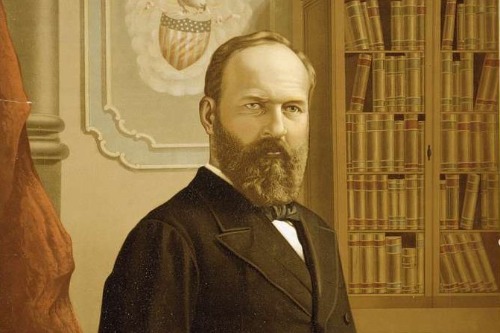
This one rocked Congress back in the 1870s, but barely makes the textbooks today. The Union Pacific Railroad set up a dummy company—Credit Mobilier of America—to siphon off federal funds while building the transcontinental railroad, Robert Longley of ThoughtCo explains. The kicker? Several top congressmen were bribed with discounted shares to keep quiet, including future President James Garfield. It was a massive breach of public trust at the time.
While it led to a few reputations being tarnished, nobody faced major legal consequences. For all the noise it caused, it somehow slid into historical obscurity. Yet it’s a perfect example of Gilded Age corruption. And it arguably set the tone for future government-corporate entanglements.
2. The Petticoat Affair (1831)
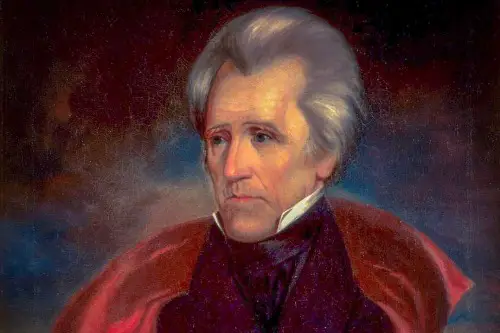
The scandal may sound quaint now, but in Andrew Jackson’s White House, it led to the resignation of most of his Cabinet, according to Robert Longley of ThoughtCo. It centered around Margaret “Peggy” Eaton, the wife of Secretary of War John Eaton, who was ostracized by other Cabinet wives over allegations about her morality. Jackson, defending Peggy (who reminded him of his own late wife), dug in and escalated the feud.
This domestic dispute became a full-blown political crisis, stalling Jackson’s agenda and fracturing his administration. It even helped elevate Martin Van Buren’s influence, setting him up to succeed Jackson. But you’d be hard-pressed to find more than a paragraph about it in most history books. It was Washington’s first major political sex scandal—just with a lot more petticoats and a lot fewer tweets.
3. The Whiskey Ring Scandal (1875)
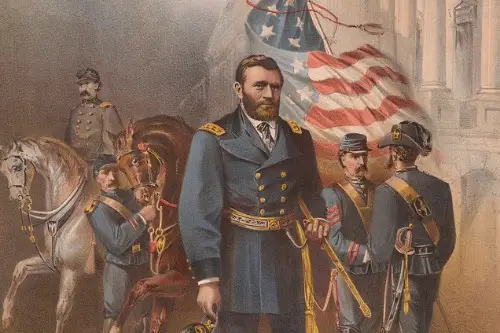
In the mid-1870s, during President Ulysses S. Grant’s administration, government officials conspired with distillers to embezzle millions in liquor taxes, according to Mark A. Plummer and Charles H. O’Brien’s article in EBSCO. It was an elaborate scheme—bribes, false reports, and political protection ran deep. Even Grant’s personal secretary, Orville Babcock, was implicated, though he was ultimately acquitted.
At the time, it was one of the biggest scandals in U.S. history, deeply shaking public faith in Reconstruction-era governance. Despite its scope, it’s now largely overshadowed by Watergate and more modern scandals. Grant’s reputation took a hit that only recent historians have tried to rehabilitate. But the Whiskey Ring is a masterclass in bureaucratic corruption.
4. Teapot Dome Scandal (1921–1923)
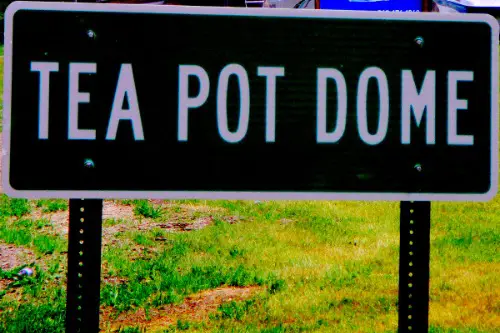
You may vaguely remember this from high school as a punchline for old-school corruption. But in its day, it was explosive—like the Watergate of the 1920s. Secretary of the Interior Albert Fall secretly leased federal oil reserves (including one at Teapot Dome, Wyoming) to private companies in exchange for cash and cattle.
Fall was convicted and became the first U.S. Cabinet member to go to prison for misconduct in office. The scandal exposed deep cracks in the Harding administration, Bryan Craig of the Miller Center explains. Today, it’s barely a footnote unless you’re a political science major. But it showed how energy and money could twist policy behind closed doors.
5. The XYZ Affair (1797)
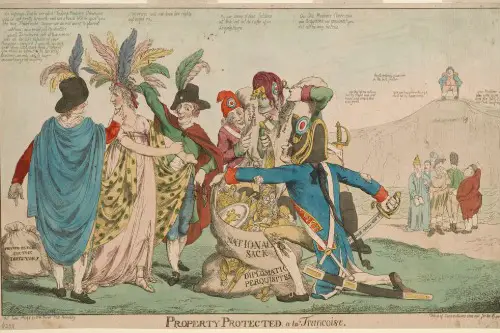
This early diplomatic dust-up nearly led to a war between the U.S. and France. When American diplomats tried to negotiate peace, French officials (coded as “X,” “Y,” and “Z”) demanded bribes to even begin talks. The American public went ballistic when the details were made public—“Millions for defense, but not one cent for tribute!” became the rallying cry.
It led to the undeclared Quasi-War at sea and dramatically shifted public opinion toward the Federalists. At the time, it dominated newspapers and congressional speeches. Yet today, it’s more trivia than tragedy. Still, it set precedents for how America would handle foreign manipulation—and indignation.
6. The Boston Busing Crisis (1974–1988)
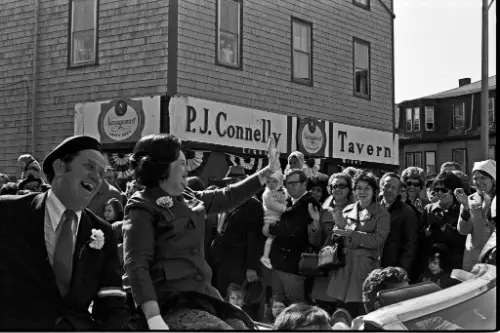
This one isn’t ancient history, but it’s often glossed over. In the 1970s, court-ordered desegregation in Boston’s public schools led to forced busing of students across racial lines. The backlash, especially in white neighborhoods like South Boston, was intense—sometimes violent. National Guard troops were deployed, and angry mobs hurled rocks at buses.
It exposed the North’s deep racial divides, something many preferred to see as a Southern issue. While it shaped education policy for decades, you won’t find it in many standard civics lessons. Boston’s wounds were deep, and healing was slow. But ignoring it erases a pivotal chapter in civil rights beyond the Mason-Dixon Line.
7. The Smedley Butler Coup Revelation (1934)
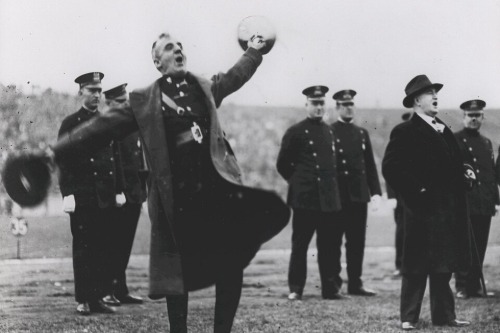
Here’s one that sounds like fiction: A group of wealthy businessmen allegedly plotted a military coup against FDR and asked retired Marine General Smedley Butler to lead it. Butler instead blew the whistle and testified before Congress. Though the plot was dismissed publicly, many believe there was enough smoke to suspect fire.
The McCormack-Dickstein Committee found the claims credible but didn’t pursue prosecutions. Newspapers mocked it as a hoax, and the story faded. But if true, it would’ve been a full-blown fascist threat on American soil. It’s rarely taught, despite its chilling implications.
8. The Korean War POW “Brainwashing” Scandal
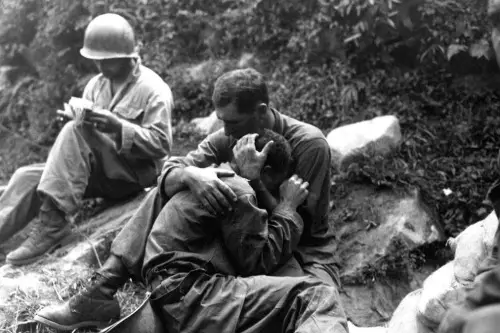
During and after the Korean War, American POWs who returned home were accused of being brainwashed by communist captors. Some confessed to war crimes or adopted leftist rhetoric, sparking panic at home. The military and media fanned the flames, questioning their loyalty.
But later research suggested many of the accusations were exaggerated or coerced. The episode fed into Cold War paranoia and McCarthyism. Today, it’s a barely-remembered blip—but at the time, it shook military morale and national identity. It’s a case study in how fear can warp truth.
9. The Keating Five Scandal (1989)
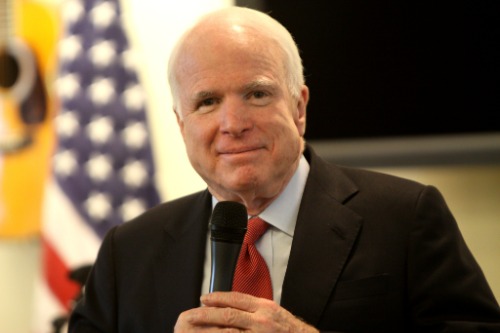
Five U.S. senators, including John McCain and John Glenn, were accused of improperly intervening with federal regulators on behalf of Charles Keating, whose savings and loan business collapsed during the S&L crisis. Taxpayers were left holding the bag for billions. The scandal painted a grim picture of campaign donations influencing oversight.
Though only one senator was formally reprimanded, the incident eroded public trust in Congress. It was front-page news for months and reshaped ethics laws. Yet somehow, it’s largely forgotten today. Maybe it hit too close to home for future politicians.
10. The Black Sox Scandal (1919)
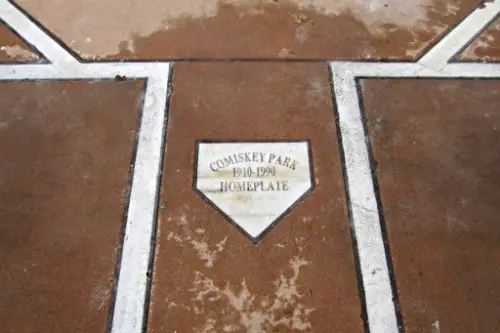
In one of the most infamous sports scandals ever, eight members of the Chicago White Sox were accused of throwing the World Series in exchange for money from gamblers. Though acquitted in court, they were banned from baseball for life. “Say it ain’t so, Joe” became the heartbreaking cry of fans to “Shoeless” Joe Jackson.
At the time, it was a national crisis of faith in America’s pastime. Baseball was seen as a mirror of American values, and this shattered that image. Today, it’s rarely brought up outside baseball circles. But it marked the end of baseball’s innocence.
11. The Bonus Army March (1932)
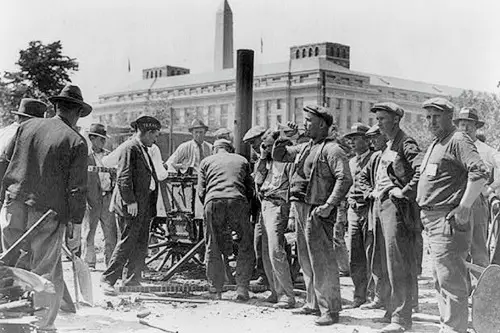
In the depths of the Great Depression, thousands of WWI veterans marched on Washington to demand early payment of their promised bonuses. They camped out peacefully, but President Hoover ordered the Army—led by Douglas MacArthur—to drive them out. Tear gas, fire, and cavalry charges ensued.
Public opinion turned sharply against Hoover after the brutal eviction. At the time, it was a major scandal and a symbol of government indifference to suffering. But today, it’s barely a footnote in most histories of the Great Depression. Still, it helped propel FDR to the presidency.
12. The Abu Ghraib Prison Abuse (2004)
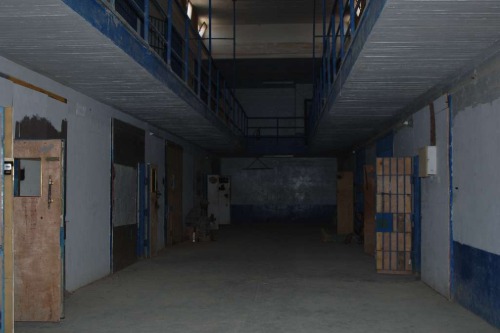
It feels recent, but this scandal has already faded from many Americans’ memories. Shocking photos showed U.S. soldiers abusing Iraqi detainees at Abu Ghraib prison—stripping them, stacking them naked, and even using dogs to threaten them. The fallout was enormous, and several low-ranking soldiers were court-martialed.
But higher-ups largely escaped accountability, and the event quietly slipped from the national conversation. For a moment, it forced Americans to confront the darker sides of the War on Terror. But like many uncomfortable truths, it’s now rarely discussed. Still, its impact on global perceptions of the U.S. was profound.
13. Iran-Contra Affair (1985–1987)
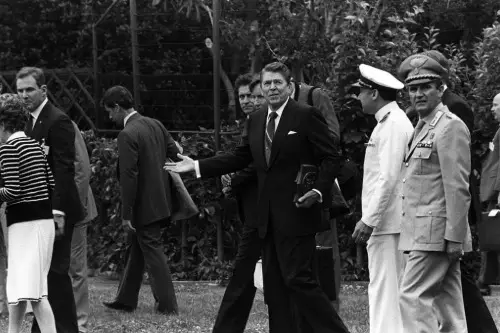
During the Reagan administration, senior officials secretly sold arms to Iran—despite an arms embargo—and funneled the proceeds to Nicaraguan Contras, violating congressional bans. When it came to light, the scandal nearly brought down Reagan’s presidency. Oliver North became the public face of the fallout, testifying in uniform on live TV.
While multiple convictions followed, most were overturned or pardoned. At the time, it was one of the most watched political dramas in the world. But now, many under 40 have never heard of it. Yet it fundamentally altered U.S. foreign policy and public cynicism.
14. The White House Plumbers and Ellsberg Break-in (1971)
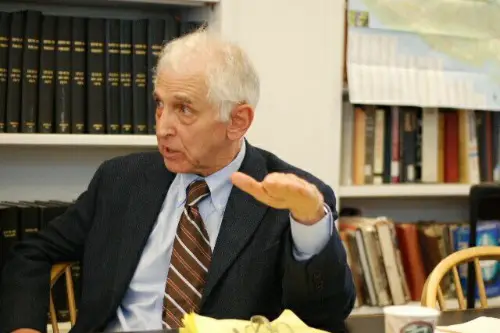
Before Watergate became a household word, Nixon’s White House had already gone off the rails. The “Plumbers,” a covert group, broke into the office of Daniel Ellsberg’s psychiatrist to discredit him after he leaked the Pentagon Papers. It was a blatant abuse of presidential power.
Though overshadowed by the bigger Watergate scandal, this incident was a major warning sign. It showed how far Nixon’s team was willing to go to silence dissent. But it rarely gets the spotlight it deserves. Without it, the Watergate narrative is incomplete.
15. The American Indian Movement Occupation of Wounded Knee (1973)
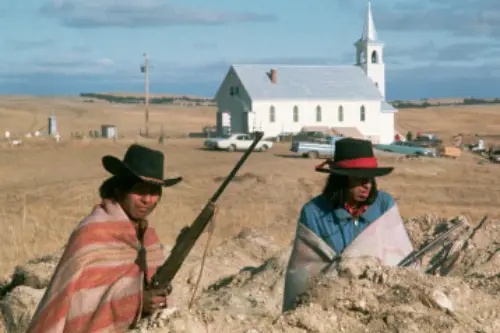
In 1973, members of the American Indian Movement (AIM) occupied Wounded Knee, South Dakota, to protest tribal corruption and U.S. government mistreatment of Native Americans. The standoff lasted 71 days and involved shootouts with federal agents. Two Native activists were killed, and the situation drew national attention.
It was a modern extension of centuries-long indigenous resistance. At the time, it was seen as a pivotal civil rights moment for Native peoples. Today, it’s rarely mentioned outside indigenous history circles. But it forced a national conversation about broken treaties and Native sovereignty.


